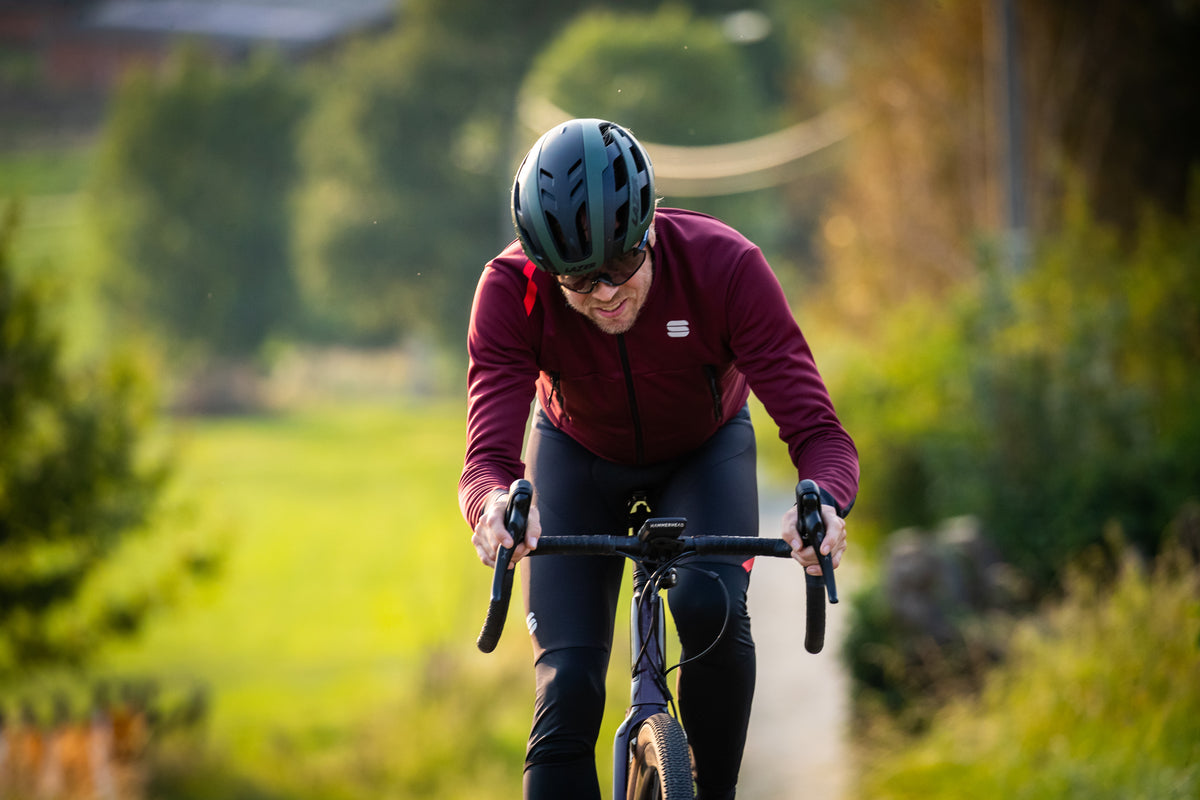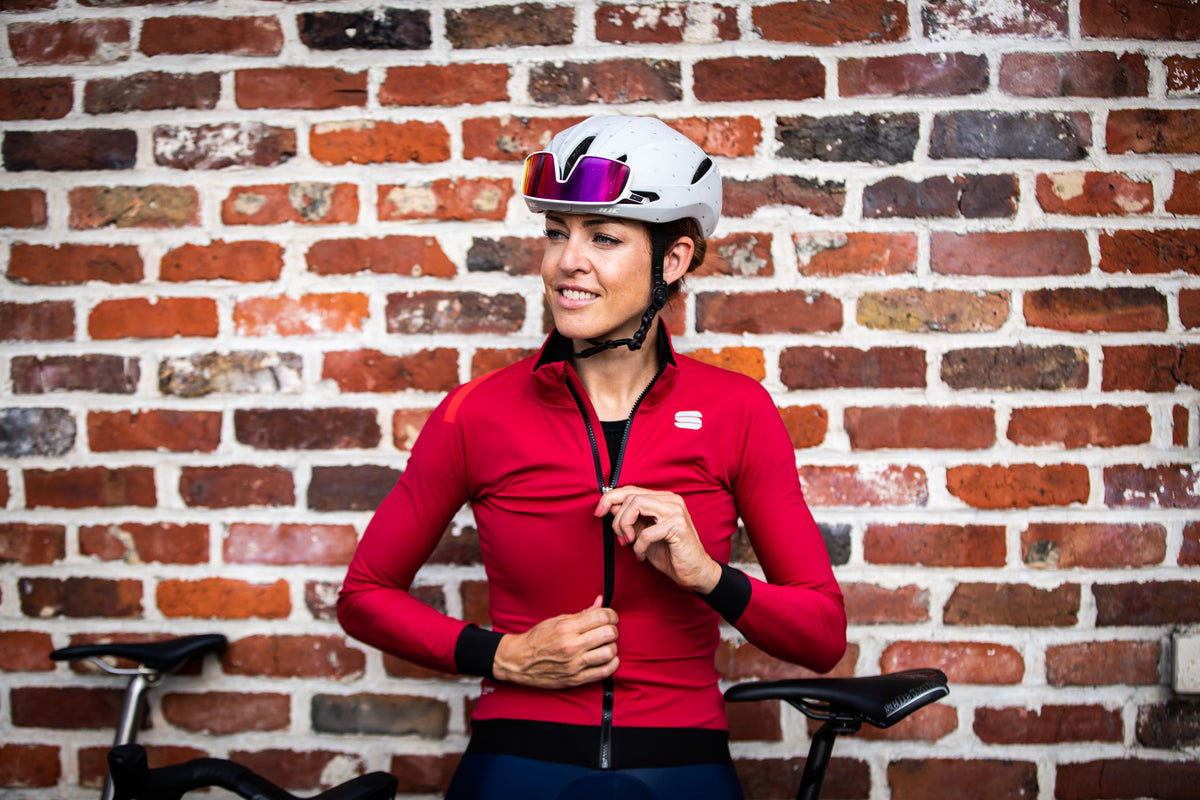How To Layer Your Winter Cycling Kit
25 nOVEMber 2021
By Nicki Giles
Layering for winter cycling means staying warm while avoiding sweating. Get it right and you'll revel in keeping fit in the dark months. Here’s how to do it.
Getting your winter cycling layering right can feel like an impossible task in the changeable British winter. Too few layers, and you’ll court hyperthermia as you cycle through the wind and rain. Too many, and you’ll become sticky on uphill stretches or sprints, then freeze at rest stops or downhills.
Cycling layering largely follows the rules of most outdoor sports. You select a base layer to trap the warm air and wick sweat, follow with a breathable mid-layer to add warmth, then finish with a hardy outer that will keep the elements at bay. However, factors such as temperature, your route and windchill from speed can influence the type and importance of your layers.
Luckily, Italian cycling outfitter Sportful has all the options you could dream of and, given the brand’s decades of experience in both cycling and snow sports, the Sportful team knows all about keeping warm when the cold bites.
What to consider before you choose winter layers
Checking the weather report makes sense. It may not be 100 percent correct, but it will give you an idea of whether it’s likely to be cold and dry, cold and wet, warm and dry, or warm and wet. If rain is predicted, note the expected heaviness and likelihood of rainfall. With temperature, pay attention to the day’s arc, especially at the times you expect to be out. The importance of warmth and wicking will vary accordingly.
Don’t forget to factor in wind chill and wind speed, always elevated when cycling. Both of these factors will affect the ‘feels like’ temperature. So too will your intended route and pace. If there’s going to be a lot of up and downhill, expect peaks of heat and troughs of cold. If you have plans to stop for a mid-ride coffee and cake stop, you’ll need extra layers to tide you through it. On plains, be prepared for cross winds, or if you’re doing an interval workout, expect your body temperature and sweat rate to soar.
Finally, you’ll need to consider how much space is available in which to pack excess layers and how much weight you wish to carry. If you’re bikepacking, with bags strapped everywhere, a couple of extra kilos won’t matter. But, if you’ll be riding hard, that power to weight ratio will become more important, impacting your speed.

Selecting the right cycling base layer
Base layers are the foundation of your winter defences. Since you’ll be active, a non-breathable material won’t work. If you end up with sweat-drenched cotton clinging to your skin, no amount of overlayers will keep you warm. Wicking is therefore more important than insulation.
Start by selecting a base layer made of a natural wicking agent or a synthetic fabric formulated for its wicking abilities. When it comes to thickness, it’s advisable to opt for a light, skin-tight layer, such as the ribbed Sportful BodyFit Pro Long Sleeve Base Layer, so that moisture is removed before it can pool. Long sleeves are better, except in the warmest conditions, since they will ensure every part of the upper body is warmed by circulating air.
In sub-zero temperatures, one base layer may not cut it. In that instance, you’re better off doubling up two synthetic layers, one long and one short-sleeved, to keep core warmth up and blood pumping. Of course, two layers might prove somewhat too toasty, but you’ll need to experiment a little, as different riders run at different temperatures.
Or, you could opt for an extra-thick base layer instead. The Sportful Fiandre Thermal Layer Long Sleeve, with its wind-resistant chest panel and fleecy but breathable back, will keep you warm on dry winter days.

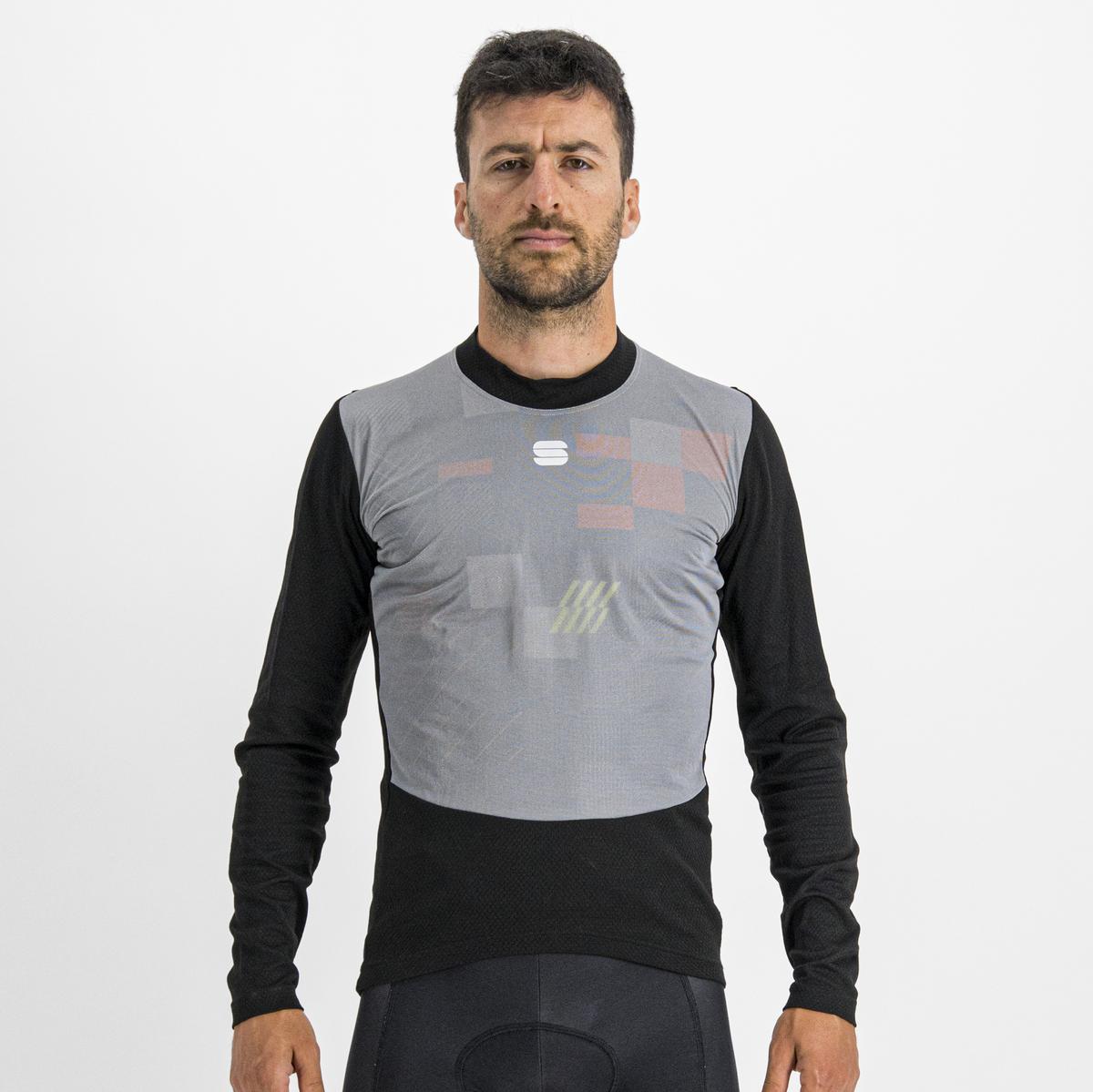
Creating a warm mid layer
With the mid layer, breathability is still important but adding warmth is the main goal. When it is above 15° C, a lightweight, sleeveless jersey with a zip makes it possible to adjust your ventilation while offering a layer of warmth. The Sportful Strike Short Sleeve Jersey will work here, but if the temperature drops to 10° C, the long-sleeved version might have the edge.
As with the base layer, you can tailor your mid layer jersey choice to the conditions. When things get really chilly, the Sportful Bodyfit Pro Thermal Jersey is the ideal choice to go under your jacket. It’s also warm enough to provide its own insulation if the ride tempo increases and you want to remove your outer layer.
If you’re expecting a cold morning commute but a warm trip home, or the conditions are unsettled, then adding removable arm warmers, like the anatomically constructed, single-seam Sportful Fiandre NoRain Arm Warmers, will help you to regulate your body temperature as required. They’ll also keep showers at bay, helping you to avoid cold, wet arms.
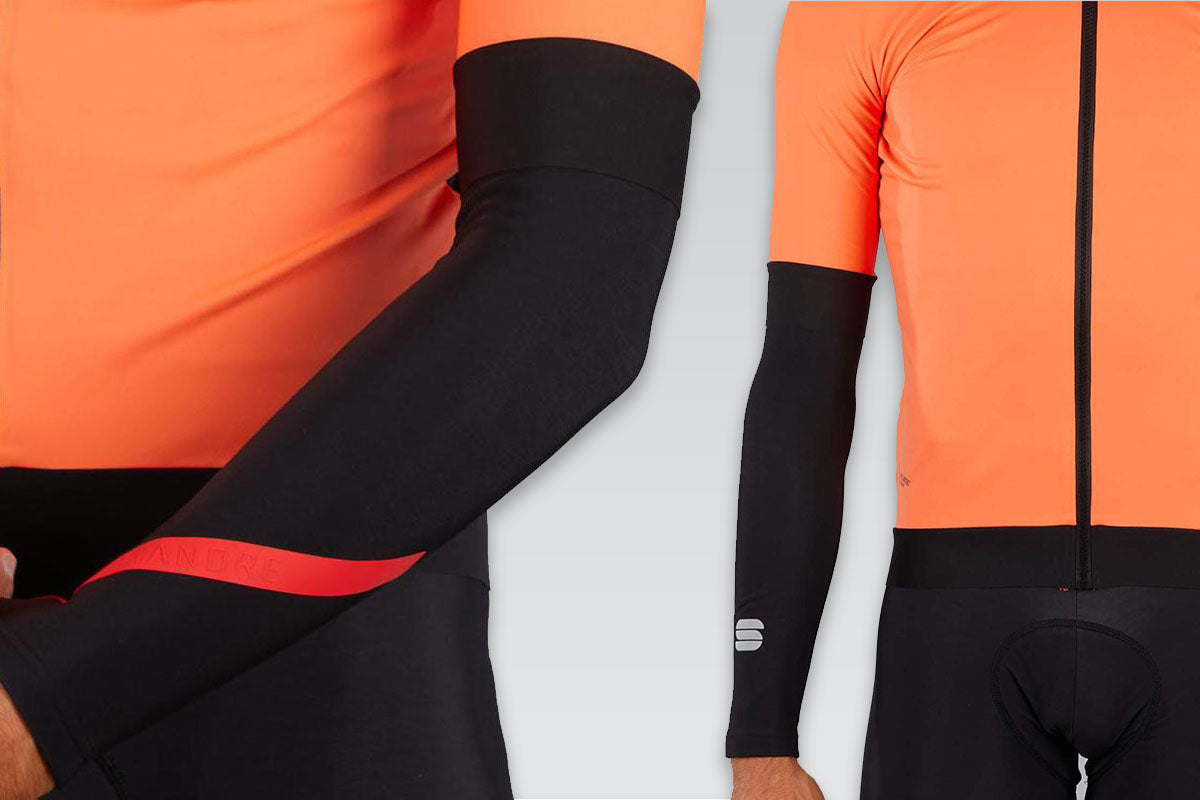
Guarding against weather with an outer layer
For cyclists, the choice of outer layer can be the most critical, as there are many options to choose from. For crisp, sunny winter days, a breathable spray- and wind-proof gilet, such as the Sportful Fiandre Light NoRain Vest – which earned rave reviews from Cyclingnews – will give you extra protection without adding much weight. It will easily pack away if you get too warm or can be paired with arm warmers when it’s chilly.
The next step up is a soft shell jacket with synthetic materials, such as polyester or nylon, which will continue the wicking process. Soft shells offer some wind and water protection, so they’re great for cooler, windy winter days with the odd light shower. Something like the Sportful Neo Softshell Jacket will let you ride with confidence, without restricting your freedom of movement.
If you need a jacket that’s fully waterproof without being too warm, go for a performance packable layer, such as the Sportful Hot Pack NoRain Jacket. Stretch panels at the sides, shoulders and sleeves keep it from being restrictive or flapping. It’s also light and has its own pouch, so you can shove it in a jersey pocket, then whip it out if you’re surprised by a cloud burst.
If you’re looking to take on the worst winter conditions, you’ll need a full-blown weatherproof outer. Choose your fabrics carefully to achieve a balance between protection and breathability. The Sportful Fiandre Pro Jacket is made from Polartec® NeoShell®, which is not only windproof and waterproof, but breathable, stretchy and comfortable to wear too. Road.cc called it “a top performing jacket for wet and windy weather”, giving a particular mention to its glove-compatible cuffs and its stretchy, silicone-taped waist, neck and collar that help seal the cold wind out.

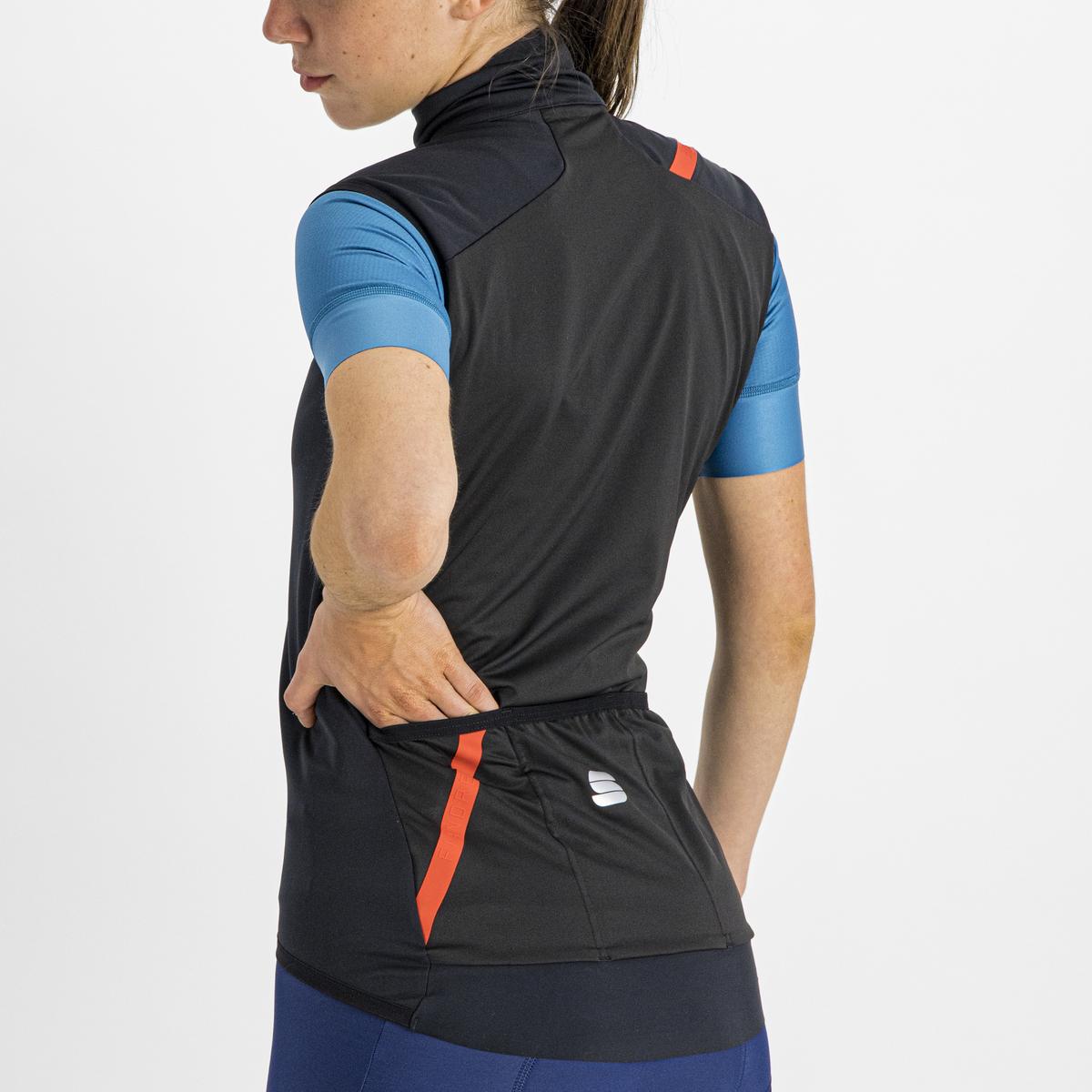
Giving your legs adequate winter cover
Cycling keeps the blood circulating in your lower half, but you’ll still need some protection from the elements. To extend the use of your spring and autumn bib shorts, explore the world of leg and knee warmers. Like arm warmers, these can be added or removed, allowing you to face unsettled conditions and temperature arcs without having to change. For comfort, look for anatomically fitted leg warmers with minimal seams, like Sportful’s Fiandre NoRain Leg Warmers.
If you’re expecting to face the full gamut of wind, rain and plunging temperatures, it makes sense to opt for a full bib tight. You’ll want a thermal fabric to combat the chill, but make sure it’s also breathable, so you won’t sweat too much. Mesh bib straps are a good idea for the same reason.
Ideally, your winter bib tights will have a water repellent treatment and few or sealed seams to keep the rain out. Extra material around the kidneys and exposed areas, such as the knees, will be a plus. Some bib tights also add a little extra warmth to your top half, which might affect your base or mid-layer choices depending on the temperature.
The Sportful Fiandre NoRain Team Bibtight is a good example of a weather resistant winter tight and also comes in a women’s cut. Cycling Weekly gave this women’s version 9/10 and listed the negatives as “none”, saying they came “pretty close to being the ultimate women’s winter bib tights.”
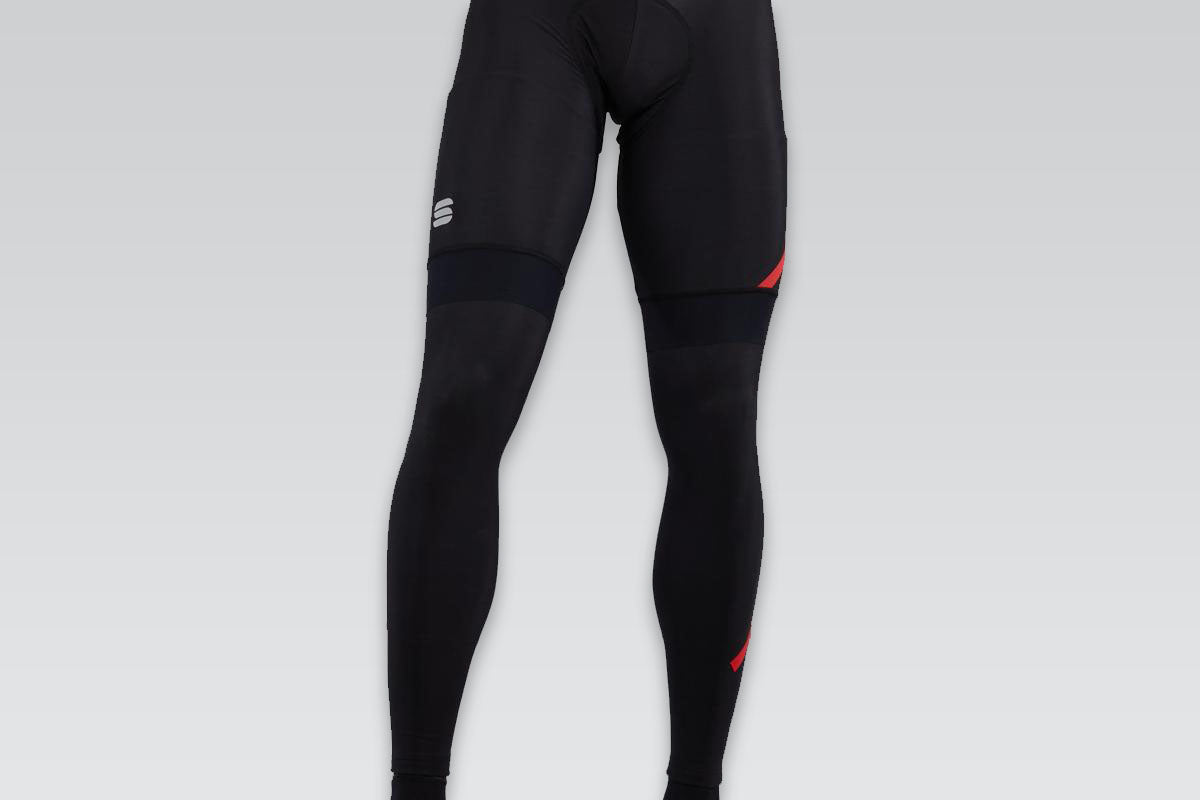
Completing your layering system
Your head loses more heat than any other part of the body, so you may wish to keep it covered. Bear in mind that your hat must fit under your helmet and should include a peak to keep rain out of your eyes. It will need to be exceptionally breathable, and if it’s water resistant too that will be ideal. Try the Sportful Fiandre NoRain Cap on for size, as Road.cc did.
Your wrists are also vulnerable to the elements, especially since they’ll be exposed and stationary on your handlebars. Ensure upper body layers are glove compatible and have cuffs or elastic to keep your sleeves shut.
A classic three-layer glove system used in other outdoor pursuits isn’t practical for cycling since you need to be able to grip the handlebar and manage your gears. Try opting for the wind and rain resistant Sportful NoRain Gloves with their silicone grips and easy on-off pull tab. Or, for the next level of protection, the Sportful Fiandre Gloves have a waterproof Polartec membrane, sealed seams and a neoprene cuff at the wrist. Silicone grips and a curved shape will keep you in contact with the bike, while a fleecy liner warms your digits.
Of course you’ll wear socks, but if you want a bit of extra water resistance and warmth, consider opting for Sportful’s light, breathable Primaloft yarn Checkmate Winter Socks or their Merino Wool 18 Socks, which utilise a merino/nylon blend for natural warmth and added strength.
The next foot defence comes in the form of a toe cover, which will cover open vents on your cycling shoes and keep toes warm, without overheating your foot. We recommend the neoprene Sportful Pro Race Toe Cover.
Finally, when its freezing, you’ll need a final outer layer variously referred to as a bootie, shoe cover or overshoes. Go for one that rises above your ankles, so it will integrate with your bib tights, and opt for a water and wind resistant choice for maximum protection. The Sportful Fiandre Bootie, with its Gore-Tex Infinium fabric and abrasion-resistant bottom, won’t let you down. Its 360-degree reflectivity will also help to keep you safe in low light.
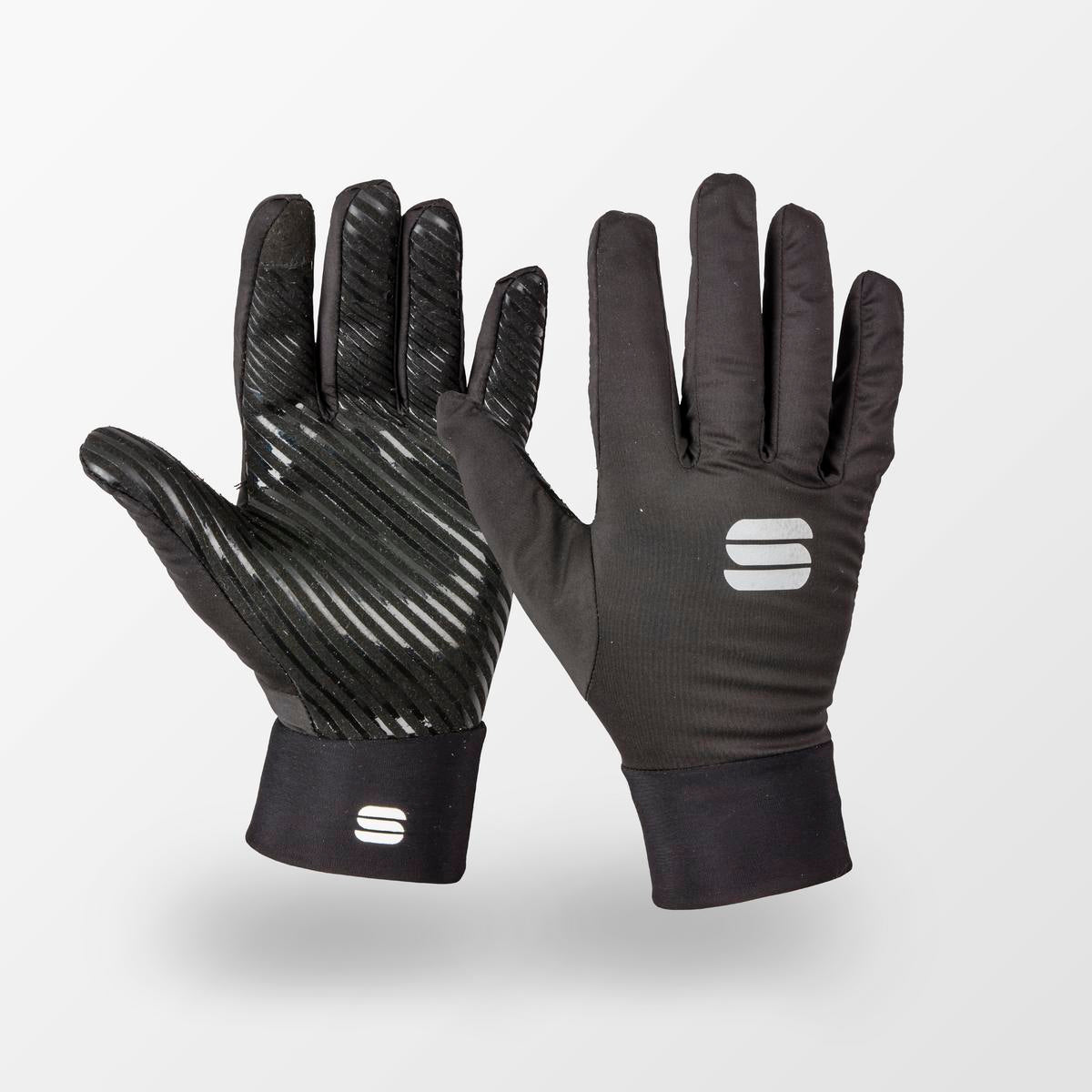
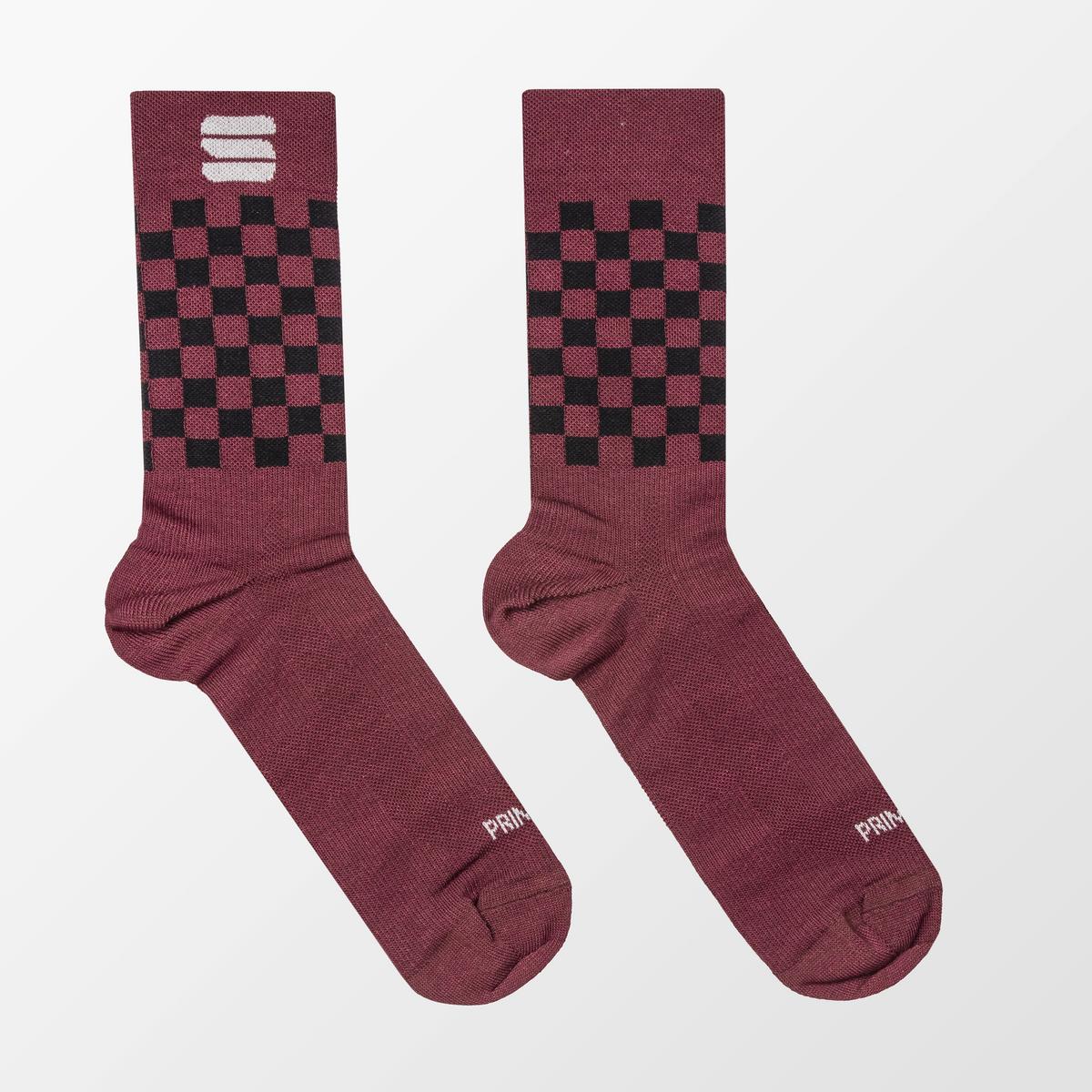
Becoming the don of winter cycling layering
Being able to continue riding through winter, oblivious of the temperatures and weather, is all about having the right options in your wardrobe and developing a canny knack for when to employ which item of clothing. Here in the UK, you might only need them all in the absolute dead of winter, with a pick and choose approach being preferable the rest of the time to avoid overheating.
That’s why you’ll need to study the weather reports, plan your route, think about the intensity of the session and consider available space when choosing your layers. Pick right and you’ll hit the sweet spot – neither chilled or too warm, nor carrying lots of layers that you won’t use.
If in doubt, lean towards cool rather than warm for anything above a recovery ride and decide ahead of time which items you will need to store if the conditions change. That way, you’ll stay comfortable all winter and learn the real meaning of Ranulph Fiennes’ words: “There is no bad weather, only inappropriate clothing.”
For more on how to layer Sportful's Fiandre collection effectively to combat the winter chill, watch the brand's handy layering guide from Cyclist magazine now.

